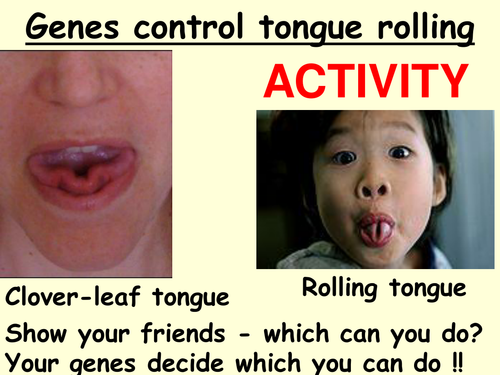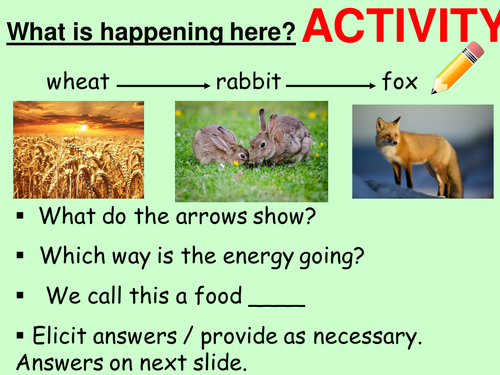Barclayfox's Shop. Ready to use KS3 & KS4 lessons.
No preparation required! Physics, Chemistry, Biology also Maths Complete and ready to use high quality science lessons that automatically navigate you and your class expertly through the lesson and activities. All answers are built in.




















